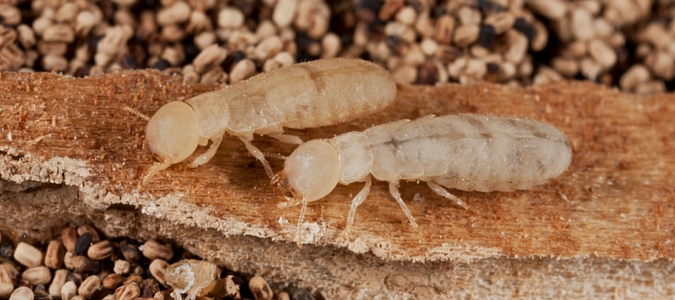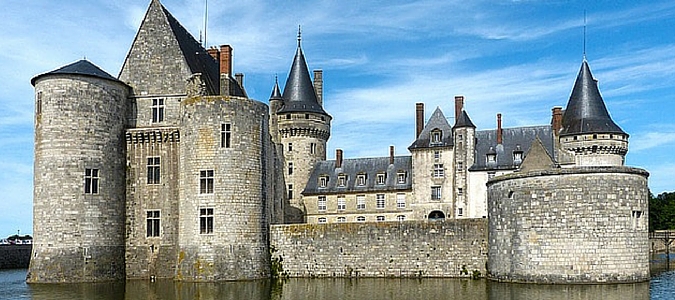Bugger Off, Boxelder Bugs!
All about a pervasive central Texas pest
Boxelder bugs are a fact of life in central Texas. Like many other garden pests, these insects love to reproduce in ornamental trees and other cultivated plants that commonly appear in the region’s gardens. Although they do have some redeeming qualities, they’re notorious for causing serious damage to a wide variety of plants. If you have a boxelder bug infestation, there are a few tips you can follow to mitigate it.
What Are Boxelder Bugs?
Boxelder bugs are half-inch critters that live in and around several species of trees that are native to central Texas. During cold weather, they often burrow under roof shingles and attempt to enter homes through cracks in the wall. They can cause serious damage once they’re inside, so it’s best to keep them outside. Although they’re not members of the same species, red-shouldered bugs and largus bugs behave in a very … Read Full Post »

